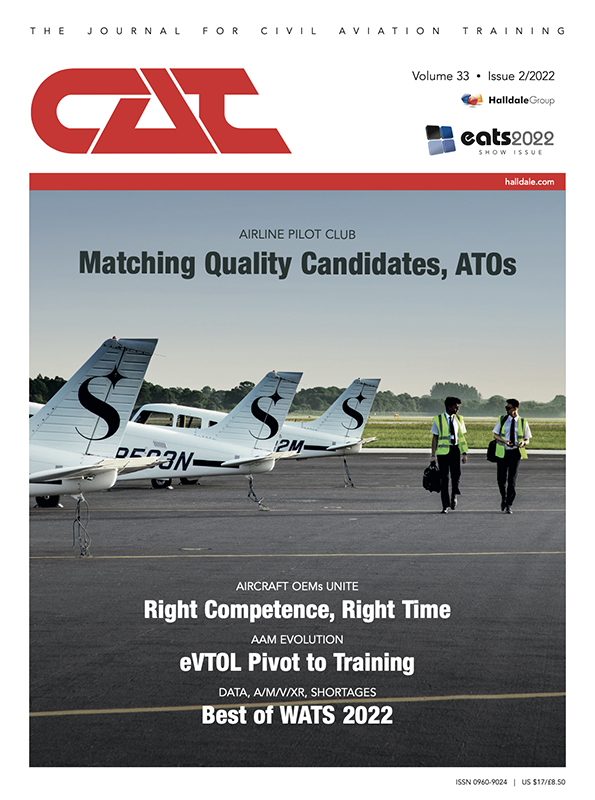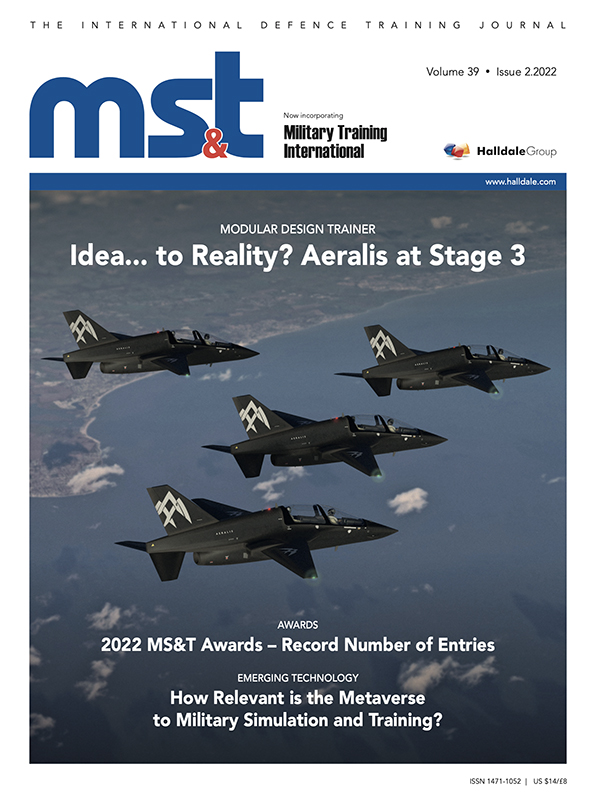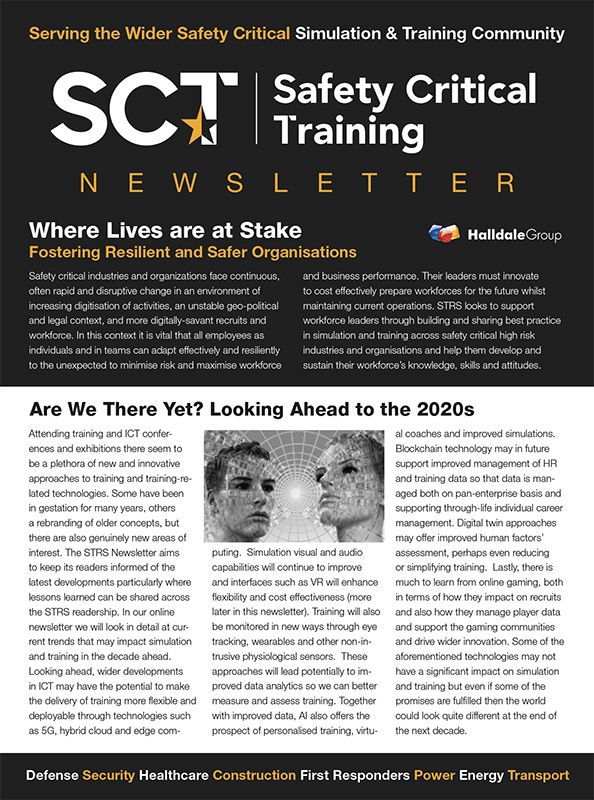AI is incrementally and deliberately being brought to bear in virtually every part of the US Defense Department enterprise – from healthcare to weapons tactics and strategies to logistics. Of added significance is the fast-pace of research and development to integrate AI into Pentagon learning (training and education) programs. At the same time, hardly a week goes past without a Generative AI tool, such as ChatGPT, Midjourney, and AudioCraft providing ever more impressive human-like skills in conversation, image and audio generation as well as other outcomes relevant to military learning. To manage expectations, these fast-paced developments still have gaps and challenges as the US military services seek to unleash early AI models in its learning programs.
This August 31, MS&T viewed an NTSA-hosted webinar “Generative AI and Training: It's Here. Now What?!” The session moderated by Dr. Ben Bell, COO, Eduworks Corporation, provided an unvarnished overview of the opportunities, challenges and state-of-the-art options in the AI domain – of interest to defense learning community R&D, business development, human performance and other teams. An extract of the webinar follows:
Academic Perspectives
Dr. Andy Van Schaack, Principal Senior Lecturer (Education) and Associate Professor of the Practice (Engineering), Vanderbilt University, brought to the panel a wealth of experience and background with work in and beyond academia. Of particular relevance to this discussion was his evaluation of the US Navy’s Ready, Relevant Learning approach to the modernizations of its ratings and the redesign of its instructor training programs.
The representative from academia minced no words when he said, “Everything in my world has been shaken up by AI. We all know we turned the qualitative corner on AI this past November with the introduction of ChatGPT.” While large-language models had been used before that, ChatGPT represented a combination of improved user-interface and larger-language models, that turned into something with much more significant impact. Van Schaak recalled telling his students last Fall after the ChatGPT roll-out: “We’re at the threshold of the most significant technological development in the history of civilization. The only thing more impressive than the current capabilities of AI is the rate of progress.” Noting his continued, in-depth evaluation through trend extrapolation of AI and its capabilities, for instance, to complete college entrance and professional examinations, he further emphasized: “We’re seeing how capable these large-language models are. We’re not even close to the limit of what they can do – we have plenty of room for growth in terms of: computational power; high-quality data and there are lots of advancements in using synthetic, high-quality data to improve these models; in terms of algorithms; and in other methods – for example, prompt engineering.” Beyond these and other techniques improving AI by an order of magnitude in many instances, is the attention-getting investments leading US-based companies – Apple, Meta, Tesla, Amazon, Nvidia and others are making in AI. The Vanderbilt educator noted these and other companies “with large market caps are almost always going to go all in on AI. We’re talking about $10 trillion in corporate funding in this race to develop artificial generative intelligence – which leads to artificial super intelligence.” As for the term artificial generative intelligence, Van Schaak, thinks of it in terms of “our computers performing cognitive tasks on par with human beings.”
Van Schaak further encouraged the viewers to focus less on computer science – software development tools – and more on cognitive psychology – how humans acquire, retain and retrieve knowledge and skills.
AI for Defense Training and Education
Of particular relevance to this webinar, the university educator further recalled, “the recommendations I make to the US Navy on a project I am working on with them include: that we should use AI in every facet of developing training solutions – in terms of instructional design, instructional delivery, project management – and all the way up to management of the service!”
On cue, Dr. Svitlana Volkova, Chief Computational Scientist, Office of Science and Technology, Aptima, provided industry-level insights on the Generative AI potential for military training and education – which she emphasized was one of the best domains for generative AI. Volkova presented three broad, proactive use cases for AI which would do nothing less than help further transform the defense learning enterprise: personalized AI tutors, AI assistants for instructors and AI agents for leadership.
While discussions about AI’s current and near-term capabilities become a bit effusive and dramatic, the industry executive significantly added a bit of balance, calling attention to limitations in AI and even machine learning models. “Some are biased and there’s a lot we have to do to make them better,” she said. In one case, while there’s an increased demand for AI for general purposes, existing models tend to be very specialized, making them “brittle.” Further, “They can neither reason or plan, which is important. And they tend to make stupid mistakes.” Volkova added, while humans can learn new tasks very quickly and understand the physics of the world, they can reason and plan – and “we have common sense!” Conversely, AI the current generation of models were observed to have “no common sense.”
Of further interest to military, academic and industry teams, the Aptima chief computational scientist, presented her list of AI “Research Needs” to help close the gap on some major shortfalls in this technology space. Her top three focus areas included: multimodal pretrained models; generative agents for reasoning and planning; and learning from human-AI interactions.
Defense Insights
Dr. Keith Brawner, Senior Researcher and Program Manager, US Army Futures Command – Simulation and Training Technology Center, noted one command partner is the University of Southern California Institute for Creative Technologies. One of ICT’s technology solutions to optimize the performance of Army soldiers is AI computer-based individual and group models for behavior.
The webinar video can be viewed here

%5b69297%5d.jpg?t=1693830937&width=800)




